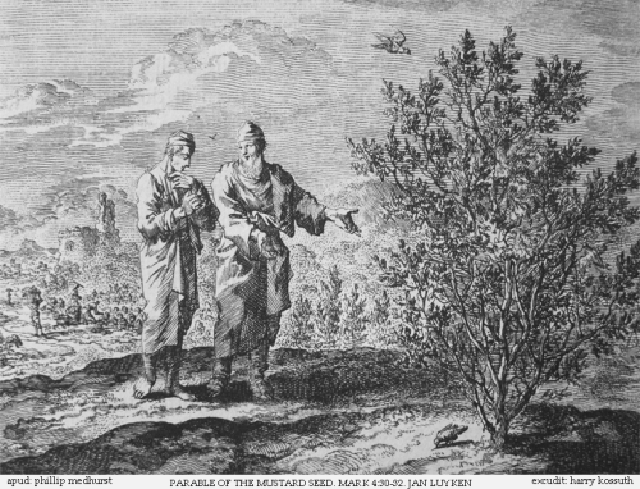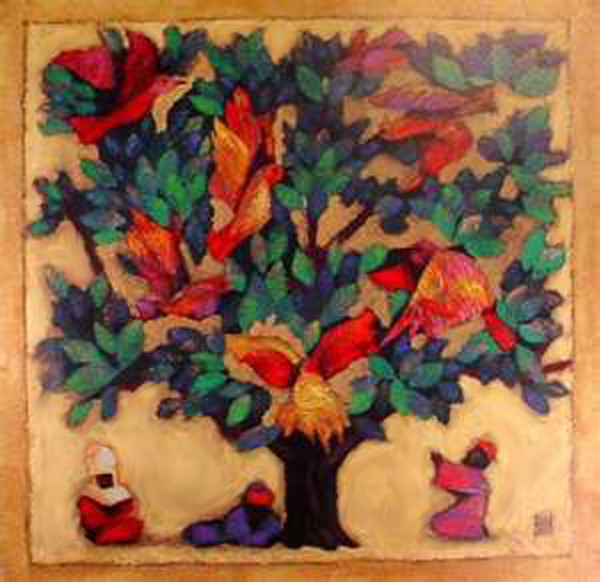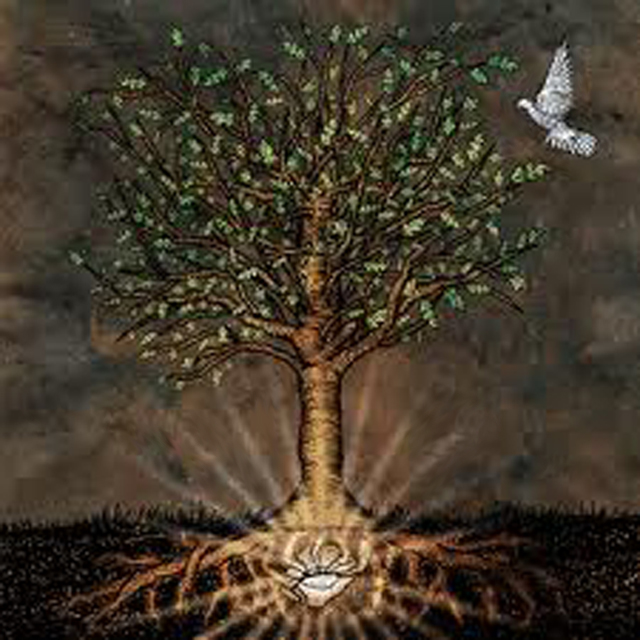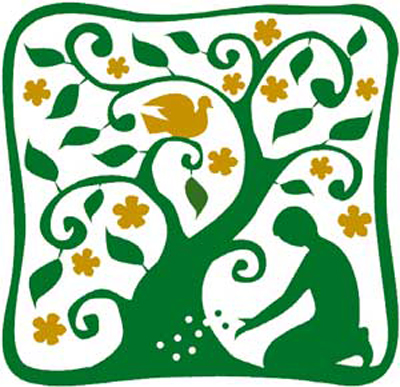Art in Religion: The Parable of the Mustard Seed
A Topic for the Artist in Each of Us
What a fun topic for all artists of all ages! First there is no need to draw people. Most art on this topic is totally conceptual. A mustard seed is a dot. Who can’t draw a tree?
Most artists who turn to this topic build on the image of the tree. They populate the branches of the tree with doves or birds, often a symbol of qualities such as friendship, camaraderie, peace, purity and happiness in folk art. Earliest depictions use doves, a symbol of God from the Bible. Later artists built on this as you’ll soon see.
As you can see, the telling of this story can be very simple and stylistic.
Earlier artists tend to be more realistic and didactic in their portrayals. The artistic traditions of the Middle Ages, moving into the Renaissance and Enlightenment still had peasant viewers in mind. The reason for the art was to tell the story to people who did not read. Here’s one of the older depictions, drawn by Jan Luyken, a Dutch artist who lived in the 17th century.
 Other depictions are stylistic. One is by an artist from Kazakhstan. Christian art from Kazakhstan!
Other depictions are stylistic. One is by an artist from Kazakhstan. Christian art from Kazakhstan!
I don’t know the source of the second depiction. It draws attention to the power of faith, which the seed symbolizes in Jesus’ parable.
The third was designed as a logo. Simply beautiful.


 We’ll close with one of our favorite contemporary artists, James B. Janknegt from Texas. His painting is entitled World’s Smallest Seed. He builds on the aviary symbols of good fortune (quite a collection of fowl, at that) and builds a small city around the base of the tree—including directions to a seed store. Might that be a church?
We’ll close with one of our favorite contemporary artists, James B. Janknegt from Texas. His painting is entitled World’s Smallest Seed. He builds on the aviary symbols of good fortune (quite a collection of fowl, at that) and builds a small city around the base of the tree—including directions to a seed store. Might that be a church?
 Have your people draw their version of the tree and the mustard seed parable. What part of the story would they emphasize—the seed of faith, the source of the faith, the tree or the fruit of the tree?
Have your people draw their version of the tree and the mustard seed parable. What part of the story would they emphasize—the seed of faith, the source of the faith, the tree or the fruit of the tree?
